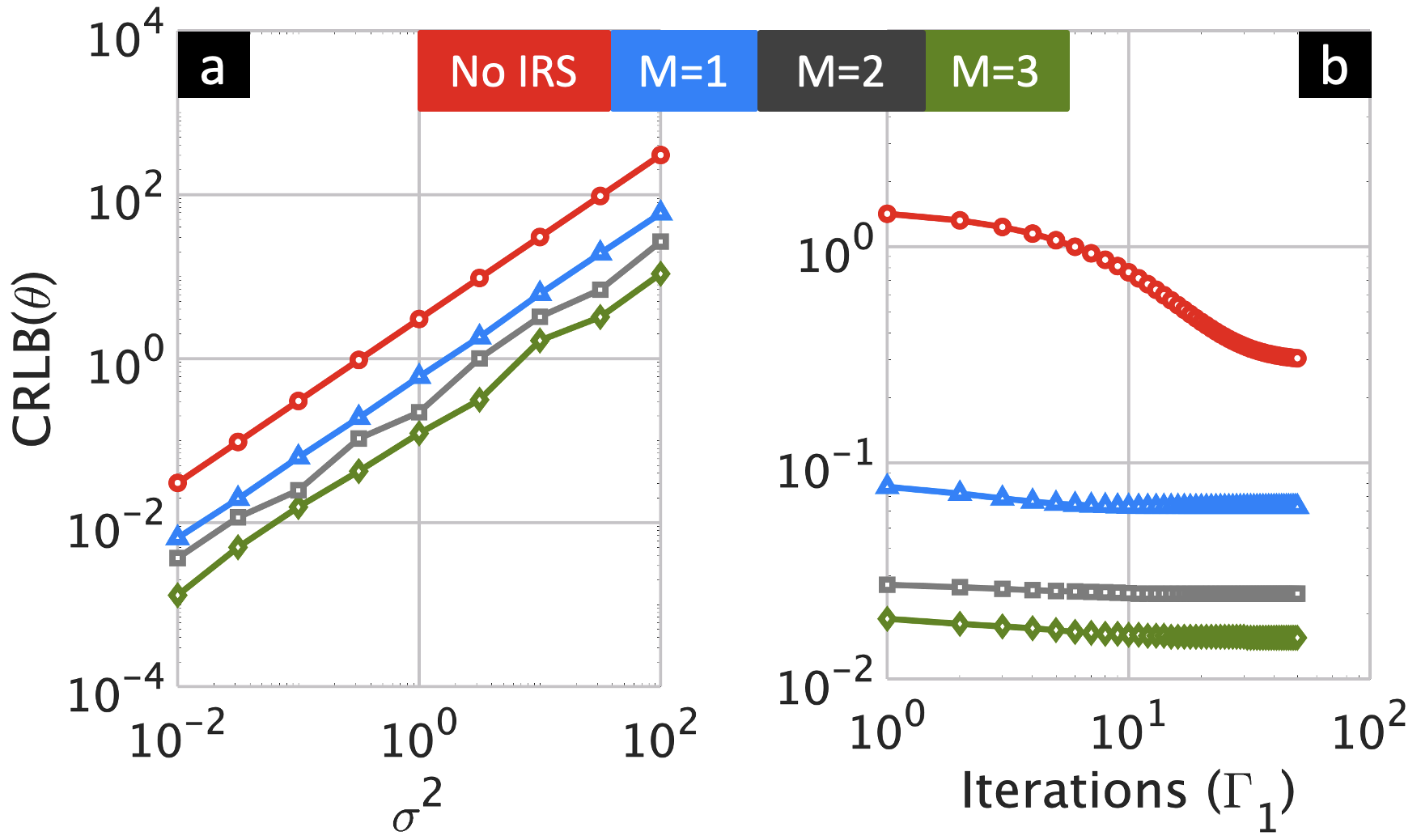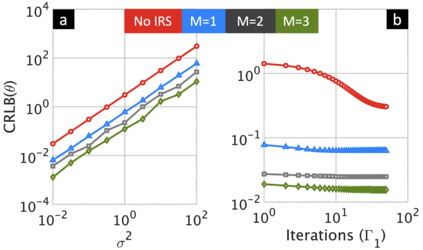Intelligent reflecting surface (IRS) technology has recently attracted a significant interest in non-light-of-sight radar remote sensing. Prior works have largely focused on designing single IRS beamformers for this problem. For the first time in the literature, this paper considers multi-IRS-aided multiple-input multiple-output (MIMO) radar and jointly designs the transmit unimodular waveforms and optimal IRS beamformers. To this end, we derive the Cramer-Rao lower bound (CRLB) of target direction-of-arrival (DoA) as a performance metric. Unimodular transmit sequences are the preferred waveforms from a hardware perspective. We show that, through suitable transformations, the joint design problem can be reformulated as two unimodular quadratic programs (UQP). To deal with the NP-hard nature of both UQPs, we propose unimodular waveform and beamforming design for multi-IRS radar (UBeR) algorithm that takes advantage of the low-cost power method-like iterations. Numerical experiments illustrate that the MIMO waveforms and phase shifts obtained from our UBeR algorithm are effective in improving the CRLB of DoA estimation.
翻译:智能反射表面(IRS)技术最近吸引了对非浅视雷达遥感技术的极大兴趣。 先前的工程主要侧重于为这一问题设计单一的IRS光束成像仪。 在文献中,本文件首次审议了多IRS辅助的多输入多输出多输出(MIIM)雷达,并联合设计了传输单模波形和最佳IRS光谱技术。 为此,我们提出将目标降射方向的Cramer-Rao低射线(CRLB)作为性能衡量标准。 从硬件角度看,单模调传输序列是首选的波形。 我们表明,通过适当的变换,联合设计问题可以重新设计成两个单模形的多输出多输出(UQP)程序(UQP) 。 为了处理两个UQP的NP-硬性,我们建议对多IRS雷达(UBER)的单模波形和成型设计, 将利用低成本电压方法变换的UBA值算法。 我们的MA- Basimal 级演算法正在改进的MA- Basimal 阶段的MBA 。





